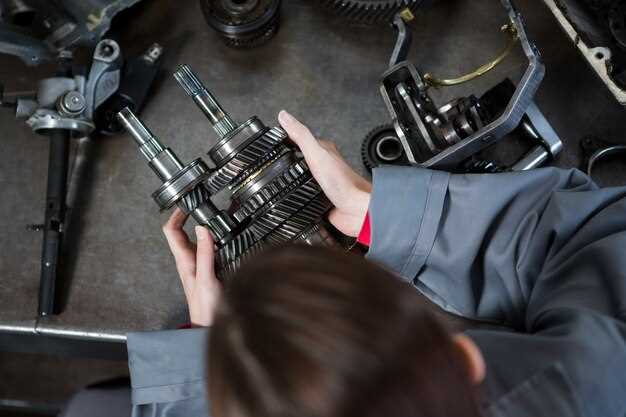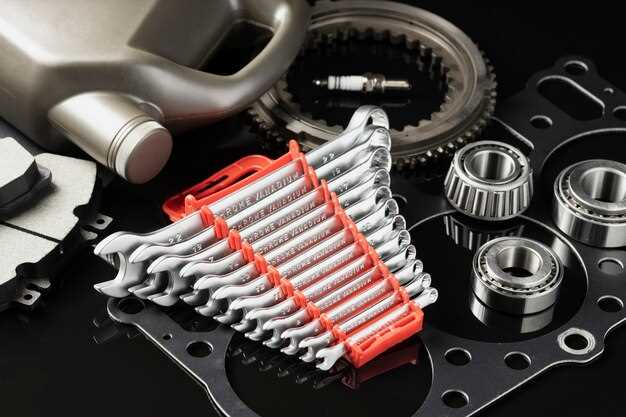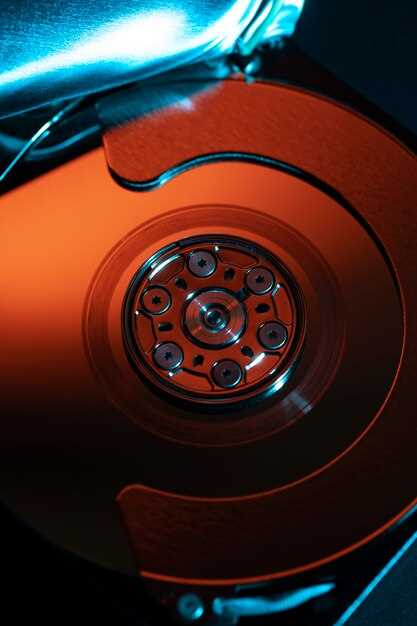
In the world of automotive performance, the quest for increased horsepower is a journey shared by enthusiasts and casual drivers alike. Whether it’s for track days, street performance, or simply the thrill of driving, unlocking additional power from your engine can significantly enhance your driving experience. The following article explores the most effective performance upgrades that can elevate your vehicle’s horsepower without compromising reliability.
Understanding the dynamics of your engine and the specific modifications required is crucial to achieving optimal performance. Each vehicle responds differently to upgrades, and factors such as engine type, tuning, and intended use must be considered. This guide will outline a variety of enhancement options, highlighting how they work and their potential benefits, allowing you to make informed decisions for your performance goals.
From simple bolt-on modifications to comprehensive engine builds, the spectrum of performance upgrades is vast. Upgrades not only help in increasing horsepower but can also contribute to improved torque and overall drivability. In this article, we will examine the best practices and components for boosting your vehicle’s performance, emphasizing a balanced approach that ensures longevity and reliability on the road.
High-Performance Air Intake Systems for Improved Engine Breathing

Upgrading to a high-performance air intake system can significantly enhance engine efficiency and increase horsepower. These systems are designed to optimize airflow into the engine, allowing for more air to mix with fuel, resulting in a more powerful combustion process.
Traditional stock air intakes often restrict airflow due to their design, which includes convoluted ducting and restrictive filter elements. High-performance air intake systems replace these components with smoother flow paths, larger diameter tubing, and high-flow air filters that reduce restrictions and improve air volume entering the engine.
One of the primary benefits of an upgraded air intake system is the increased throttle response. With improved air delivery, the engine can react more quickly to driver input, enhancing the overall driving experience. Additionally, many aftermarket systems are designed to reduce intake temperatures, which can further improve performance by increasing the density of the air entering the engine.
High-performance air intake systems often come with reusable filters, offering long-term cost savings and environmental benefits compared to disposable filters. These filters can generally be cleaned and recharged, maintaining airflow efficiency over time without frequent replacements.
Installation of a performance air intake system is typically straightforward, with many systems designed for direct bolt-on applications. This ease of installation allows enthusiasts to upgrade their vehicles without extensive mechanical knowledge or tools.
In summary, high-performance air intake systems are essential for those looking to maximize horsepower and improve engine breathing. By increasing airflow, enhancing throttle response, and providing a straightforward installation process, these upgrades are a valuable investment for performance vehicle owners.
Upgrading Exhaust Systems for Enhanced Power Output
Upgrading the exhaust system of a vehicle is one of the most effective ways to increase horsepower and overall performance. A well-designed exhaust system improves engine efficiency by facilitating better airflow, reducing back pressure, and enhancing the sound of the vehicle. Below are key aspects to consider when upgrading your exhaust system for enhanced power output:
Benefits of Upgrading Exhaust Systems
- Increased Horsepower: A performance exhaust system allows more exhaust gases to exit the engine, resulting in improved horsepower and torque.
- Improved Engine Efficiency: By reducing back pressure, an upgraded system enables the engine to breathe better, increasing fuel combustion efficiency.
- Enhanced Sound: Aftermarket exhaust systems often provide a deeper, more aggressive tone that many car enthusiasts find appealing.
- Weight Reduction: Some performance exhausts are lighter than stock systems, which can contribute to overall weight savings.
Types of Exhaust Systems
There are several types of exhaust systems available for upgrading:
- Cat-Back Systems: Replaces the exhaust components from the catalytic converter to the rear of the vehicle, offering improved performance and sound.
- Axle-Back Systems: Modifies only the exhaust components from the rear axle to the back of the vehicle, typically focusing on sound enhancement.
- Header Upgrades: Replaces stock exhaust manifolds with more efficient headers that improve the flow of exhaust gases from the engine.
Key Features to Look For
When selecting an exhaust system for your vehicle, consider the following features:
- Material: Stainless steel is the most durable option, offering resistance to rust and corrosion.
- Pipe Diameter: Larger diameter pipes facilitate better exhaust flow; however, excessively large pipes can lead to a loss of low-end torque.
- muffler Design: Different muffler designs can affect sound levels and exhaust flow characteristics.
Installation and Tuning
Installing an upgraded exhaust system may require some mechanical skill. It is advisable to:
- Consult a professional for installation if unsure about the process.
- Consider re-tuning the engine after installation to optimize performance gains.
In conclusion, upgrading your vehicle’s exhaust system can significantly enhance power output and overall performance. Careful selection of components based on your specific needs will maximize the benefits of this upgrade.
Tuning Engine Control Units (ECUs) for Optimal Performance Gains

Tuning the Engine Control Unit (ECU) is one of the most effective ways to boost your vehicle’s horsepower and overall performance. The ECU acts as the brain of your vehicle, managing various engine functions such as fuel injection, ignition timing, and air-fuel mixture. By recalibrating its parameters, you can unlock significant power gains.
Understanding Tuning Methods
There are various methods to tune an ECU, including chip tuning, reflashing, and piggyback systems. Chip tuning involves replacing the ECU’s chip with a modified one, while reflashing means rewriting the existing software. Piggyback systems add an additional module to modify signals between the ECU and the engine components.
Custom vs. Off-the-Shelf Tunes
When it comes to tuning, you can choose between custom tunes and off-the-shelf options. Custom tunes are tailored to your specific vehicle and modifications, ensuring optimal performance gains based on individual circumstances. On the other hand, off-the-shelf tunes are pre-configured maps designed to improve performance but may not take all your vehicle’s unique factors into account.
Benefits of ECU Tuning
Properly tuning the ECU can lead to increased horsepower, improved throttle response, and enhanced fuel efficiency. By optimizing air-fuel ratios and ignition timing, your engine can operate more effectively, resulting in a noticeable performance increase. Additionally, tuning can reduce turbo lag and improve the overall driving experience.
Important Considerations
Although ECU tuning offers numerous advantages, it’s essential to consider potential downsides. Altering the ECU settings can impact engine reliability and lead to increased wear on components. Therefore, ensuring that your components can handle the additional power is paramount. Additionally, consider using high-quality fuel to complement your tune and maximize performance gains.
Conclusion
In conclusion, tuning the ECU is a powerful method for enhancing your vehicle’s performance and horsepower. Whether you choose a custom tune or an off-the-shelf solution, proper tuning provides significant benefits. Always ensure that your vehicle’s components are capable of supporting the changes, and seek professional assistance if you’re unsure about the process.




